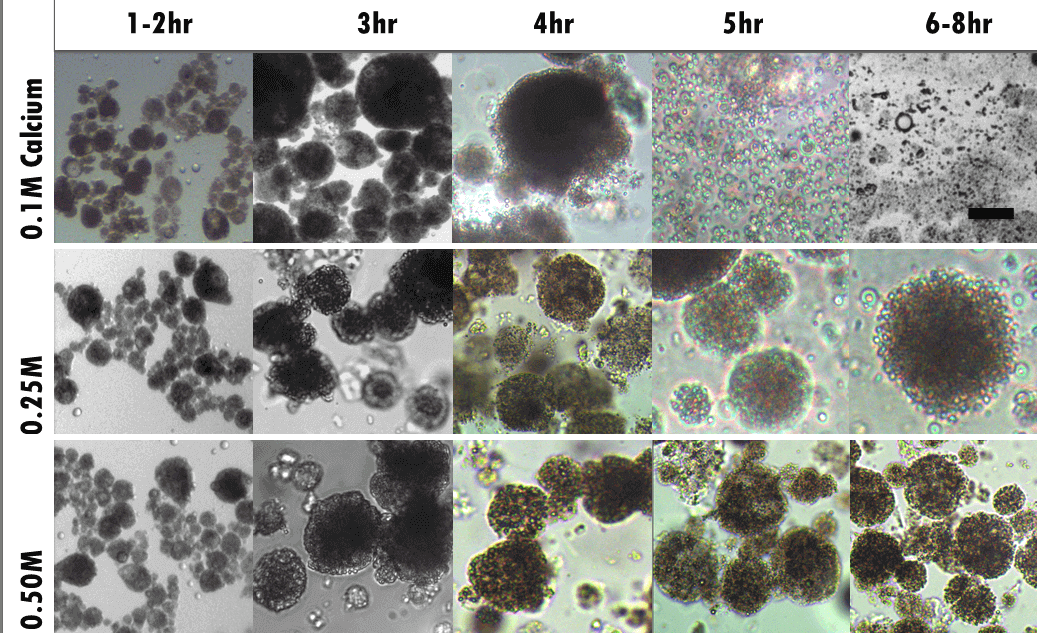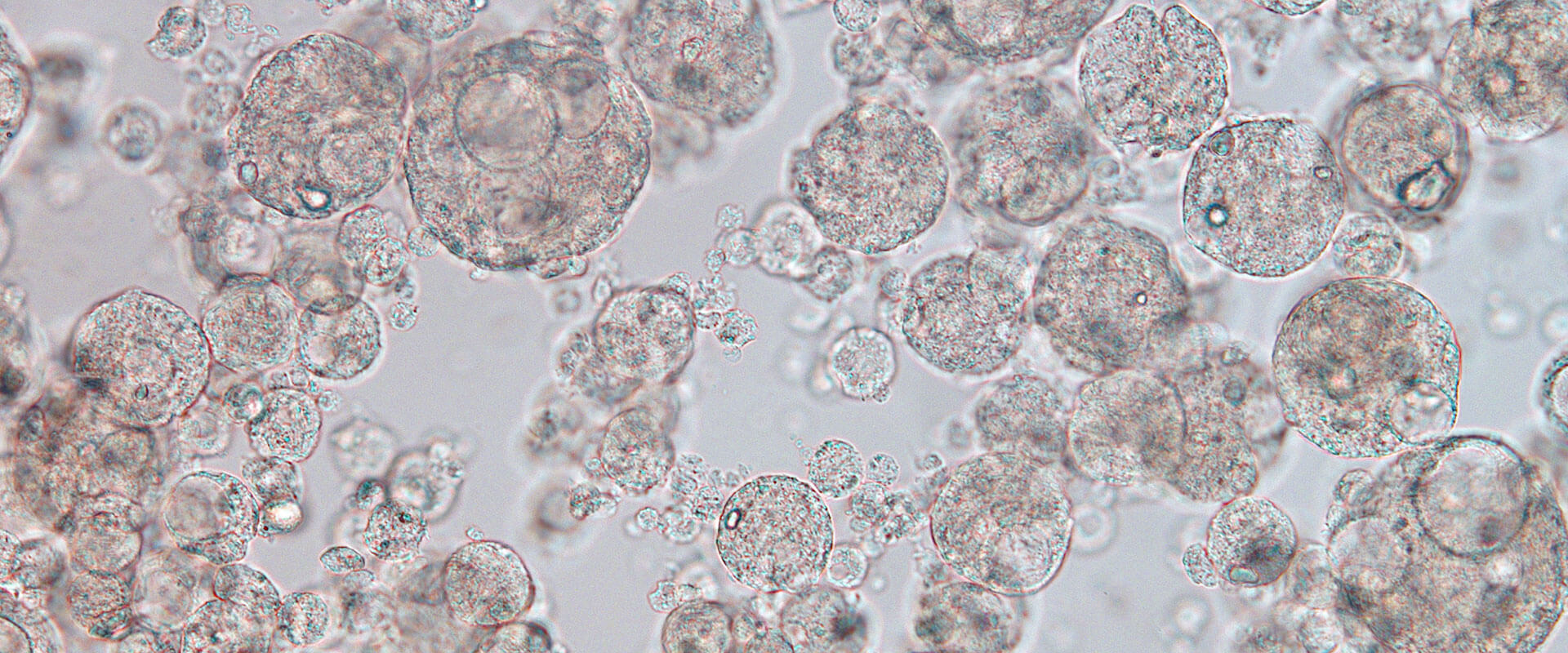Simple microgels for complex problems.
Our experience working with our industry collaborators have given us an insight into that is achievable with the Pogel encapsulation technology. The core application is in food, pharma and nutraceuticals.
 Gastric Protection
Gastric Protection Controlled intestinal release
Controlled intestinal release Enhanced probiotic viability
Enhanced probiotic viability Stabilization
Stabilization Taste masking
Taste masking
Taste masking
Protein, plant extract, pharmaceuticals, chemical
Taste masking helps in increasing the palatability of bitter actives such as pharmaceuticals and polyphenols. The Progel technology has been proven in animal models. Bitter drug A is usually administered in the animal feed. However, uptake can vary between species due to the bitter taste. Bitter drug A was encapsulated in alginate microgels. Farm trials were conducted across 2 continents with different animal species. Encapsulated Bitter drug A was preferred by both species of farm animals. Sera analysis showed that encapsulated Bitter drug A was released upon ingestion as evidenced by the presence of active detected in the animal tissue.


Stabilization
Lipids, lipophilic actives, pharmaceitucals
Encapsulation helps stabilises lipid emulsions against physical and chemical instabilities. At the same time, bioavailability is increased. A crossover clinical trial conducted with healthy adults showed that DHA and EPA absorption, as measured in blood plasma, was higher (by 50%) in individuals fed encapsulated Omega-3. It is suggested that the encapsulated lipids are able to transit through the stomach intact and the mucoadhesive microgels adheres to the mucosa in the intestines and releases the lipid nanoemulsion for rapid absorption.


Gastric Protection
Proteins, plant extracts, enzymes, probiotics
Protecting an active during the transition through the stomach is crucial to maximise absorption in the lower intestines. The highly acidic environment coupled with presence of digestive enzymes act together to deactivate actives. Not only are the protected actives able to retain their structure (proteins) or activity (enzymes), they are also delivered intact to the intestine. Bioavailability increases and the maximum health benefit is delivered.
Enzyme X is used to treat ailments in young farm animals. In adult farm animals, Enzyme X is not as effective due to the low pH environment and enzymes present in the fully developed stomach. In vitro studies show that encapsulation protects Enzyme X in simulated gastric environment which suggests that Enzyme X will be able to retain its activity during its transition through the stomach. This opens up potential treatment for ailments in adult animals and humans.

Encapsulation protects bovine lactoferrin against digestive enzymes in the stomach. In in vitro studies, unencapsulated lactoferrin is quickly digested by pepsin while most of the encapsulated lactoferrin are intact. Human trials showed that encapsulated lactoferrin supports a healthy immune and digestive system.

Enhanced probiotic viability
Probiotics
Probiotics are fastidious organisms that are sensitive to their environment. Encapsulation significantly improves the viability of probiotics in both acidic dairy and non-dairy food products such as yoghurt, protein drinks, dairy/nut milks and fruit juices over the product shelf life. This creates opportunities for novel food products as dairy or non-dairy probiotic yoghurt products containing high counts of live probiotics. In vitro experiments show that encapsulation improves the viability of probiotics in simulated stomach conditions. The micron-sized microgels are also undetectable in the food.
The application of Progel encapsulated probiotics has been proven in food products. Launched in 2016, PERKii probiotic beverage is a unique product containing a Lactobacillus casei (in italics) strain with proven health benefits. PERKii is a fruit flavoured and non-dairy (Lactose and gluten-free) beverage with no added sugar (37 calories per 350 mL serve) and contains only natural colours and flavours. The product utilises the protective effects of encapsulation to maintain the viability of L. casei (in italics) and maintains about close to or over a billion CFU live L. casei (in italics) at the end of shelf life.


Controlled intestinal release
Proteins, plant extracts, enzymes, lipids, pharmaceuticals, probiotics
In response to elevated pH conditions, similar to intestinal conditions, the alginate microgels swells and starts to disintegrate. This initiates the release of active from within the microgels. How quickly the contents are release can be modulated by the concentration of calcium used to gel the microgels. The concentration of calcium used to gel the alginate gel is proportional to gel strength and cross-linking density. Release of the contents is rapid when a low concentration of calcium is used but delayed when a higher calcium concentration is used.







